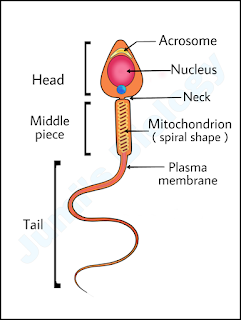CO-DOMINANCE ||Class 12 Biology

In heterozygous condition both the alleles are expressed. Both alleles are expressed in dominant forms. The alleles which shows this property are called codominant alleles and the phenomenon is known as co-dominance. In this condition, the offsprings shows resemblance to both the parents, eg- ABO blood groups in humans. ABO blood groups are controlled by the gene I. The plasma membrane of the red blood cells (RBCs) has sugar polymers that protrude from its surface and the kind of sugar is controlled by the gene. The gene (I) has three alleles: IA, IB and i. The alleles IA and IB produce a slightly different form of the sugar while allele i does not produce any sugar. Because humans are diploid organisms, each person possesses any two of the three I gene alleles. IA and IB are completely dominant over i, in other words when IA and i are present only IA expresses (because i does not produce any sugar) and when IB and i are present IB expresses. But...













